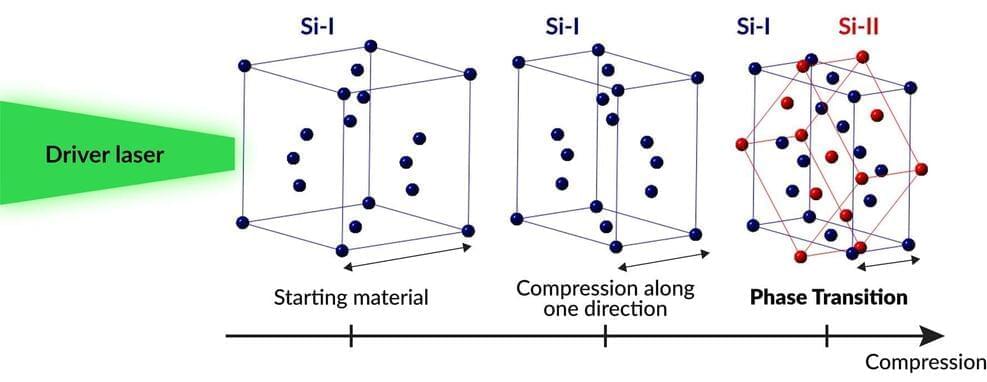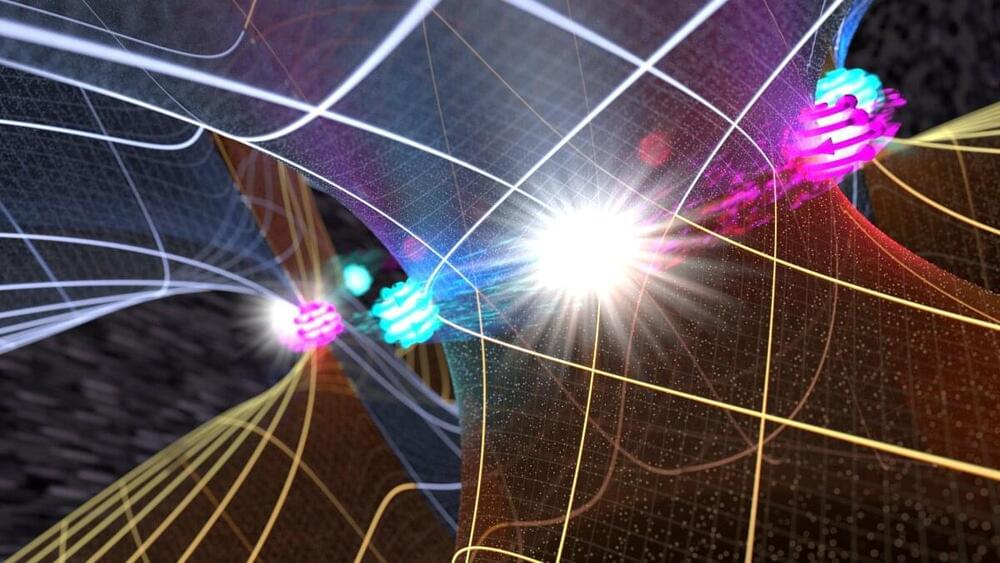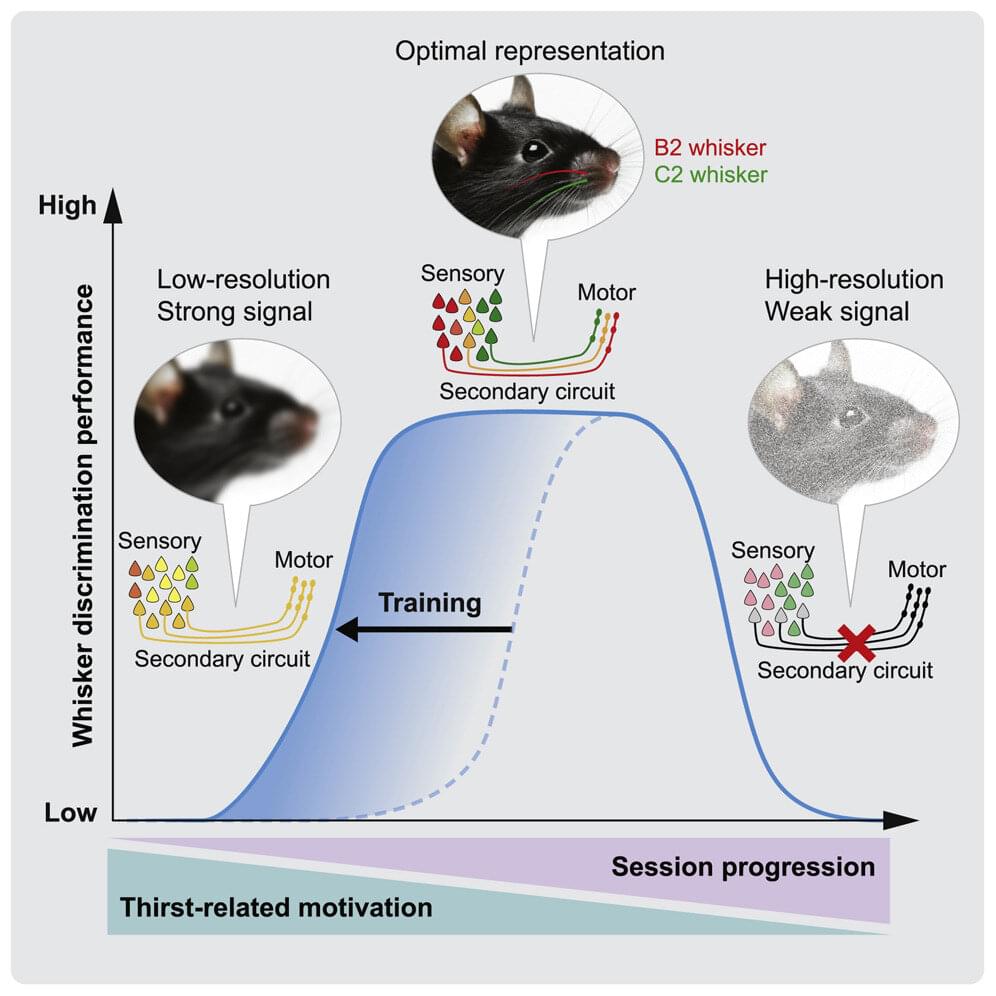Blobs of human brain cells cultivated in the lab, known as brain organoids or “mini-brains”, are transforming our understanding of neural development and disease. Now, researchers are working to make them more like the real thing.



Circa 2018 face_with_colon_three
Since the time of Hippocrates and Herophilus, scientists have placed the location of the mind, emotions and intelligence in the brain. For centuries, this theory was explored through anatomical dissection, as the early neuroscientists named and proposed functions for the various sections of this unusual organ. It wasn’t until the late 19th century that Camillo Golgi and Santiago Ramón y Cajal developed the methods to look deeper into the brain, using a silver stain to detect the long, stringy cells now known as neurons and their connections, called synapses.
Today, neuroanatomy involves the most powerful microscopes and computers on the planet. Viewing synapses, which are only nanometers in length, requires an electron microscope imaging a slice of brain thousands of times thinner than a sheet of paper. To map an entire human brain would require 300,000 of these images, and even reconstructing a small three-dimensional brain region from these snapshots requires roughly the same supercomputing power it takes to run an astronomy simulation of the universe.
Fortunately, both of these resources exist at Argonne, where, in 2015, Kasthuri was the first neuroscientist ever hired by the U.S. Department of Energy laboratory. Peter Littlewood, the former director of Argonne who brought him in, recognized that connectome research was going to be one of the great big data challenges of the coming decades, one that UChicago and Argonne were perfectly poised to tackle.

Circa 2017 face_with_colon_three
A new device developed at The Ohio State University can start healing organs in a “fraction of a second,” researchers say.
The technology, known as Tissue Nanotransfection (TNT), has the potential to save the lives of car crash victims and even deployed soldiers injured on site. It’s a dime-sized silicone chip that “injects genetic code into skin cells, turning those skin cells into other types of cells required for treating diseased conditions,” according to a release.
In lab tests, one touch of TNT completely repaired injured legs of mice over three weeks by turning skin cells into vascular cells.


Security researchers have discovered an npm timing attack that reveals the names of private packages so threat actors can release malicious clones publicly to trick developers into using them instead.
The attack relies on a small time difference in the return of a “404 Not Found” error when searching for a private compared to a non-existent package in the repository.
While the response time difference is only a few hundred milliseconds, it is enough to determine whether a private package exists to perform package impersonation attacks.

Silicon, an element abundant in Earth’s crust, is currently the most widely used semiconductor material and is important in fields like engineering, geophysics and plasma physics. But despite decades of studies, how the material transforms when hit with powerful shockwaves has been a topic of longstanding debate.
“One might assume that because we have already studied silicon in so many ways there is nothing left to discover,” said Silvia Pandolfi, a researcher at the Department of Energy’s SLAC National Accelerator Laboratory. “But there are still some important aspects of its behavior that are not clear.”
Now, researchers at SLAC have finally put this controversy to rest, providing the first direct, high-fidelity view of how a single silicon crystal deforms during shock compression on nanosecond timescales. To do so, they studied the crystal with X-rays from SLAC’s Linac Coherent Light Source (LCLS) X-ray laser. The team published their results in Nature Communications on September 21st. What they learned could lead to more accurate models that better predict what will happen to certain materials in extreme conditions.

A team of researchers from the University of Warsaw in Poland, the Institute Pascal CNRS in France, the Military University of Technology in Poland and the British University of Southampton has shown that it is possible to control the so-called exceptional points. For the first time, physicists also observed the annihilation of exceptional points from different degeneracy points. You can read about the discovery that may contribute to the creation of modern optical devices in the latest Nature Communications.
The universe around us is made of elementary particles, most of which have their antiparticles. When a particle and an antiparticle, that is, matter and antimatter, meet each other, annihilation occurs. Physicists have long been able to produce quasiparticles and quasiantiparticles—elementary excitations: charge, vibration, energy—trapped in matter, most often in crystals or liquids.
“The world of quasiparticles can be very complicated, although paradoxically, the quasiparticles themselves help simplify the description of quantum phenomena,” explains Jacek Szczytko from the Faculty of Physics at the University of Warsaw.
A new deep-learning framework developed at the Department of Energy’s Oak Ridge National Laboratory is speeding up the process of inspecting additively manufactured metal parts using X-ray computed tomography, or CT, while increasing the accuracy of the results. The reduced costs for time, labor, maintenance and energy are expected to accelerate expansion of additive manufacturing, or 3D printing.
“The scan speed reduces costs significantly,” said ORNL lead researcher Amir Ziabari. “And the quality is higher, so the post-processing analysis becomes much simpler.”
The framework is already being incorporated into software used by commercial partner ZEISS within its machines at DOE’s Manufacturing Demonstration Facility at ORNL, where companies hone 3D-printing methods.

In a good or a bad mood, focused or distracted, our internal states directly influence our perceptions and decision-making. While the role of motivation on the performance of behavioral tasks has been known for more than a century—thanks to the work of psychologists Robert Yerkes and John Dilligham Dodson—its precise effect on the brain remains unclear.
A team from the University of Geneva (UNIGE), in collaboration with the EPFL, has revealed how motivation alters the neural circuits responsible for sensory perception preceding decision-making in mice. This study reveals why a level of motivation that is too high or too low can affect our perception and therefore our choices. These results, featured in the journal Neuron, open up new perspectives in learning methods.
Going to work early in the morning, choosing a restaurant at lunchtime: many of our decisions are motivated by needs such as earning a living or satisfying our hunger. However, decision-making is a complex process, which can also be influenced by external factors, such as the environment or other individuals, and by our internal states, such as our mood, our level of attention or our degree of motivation.
